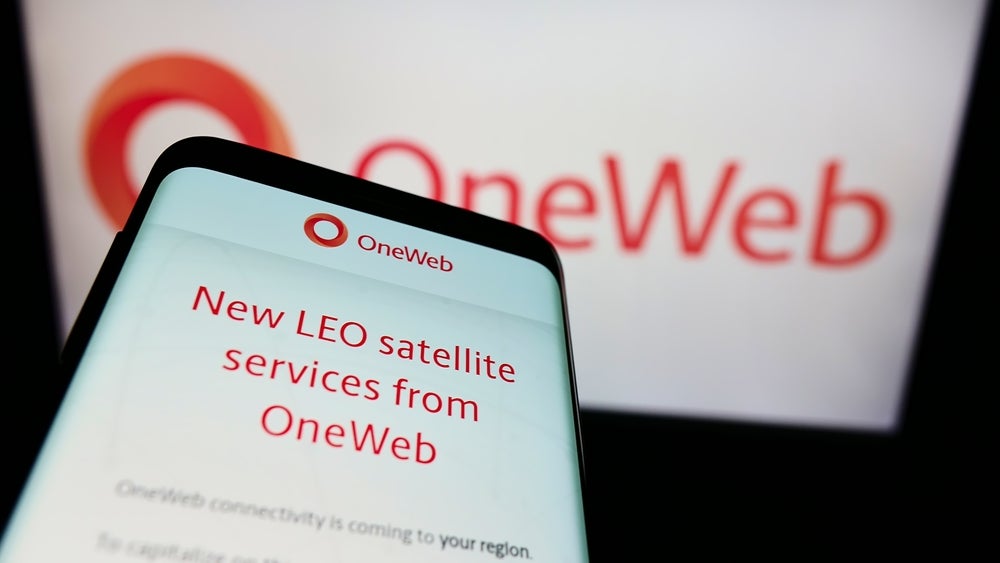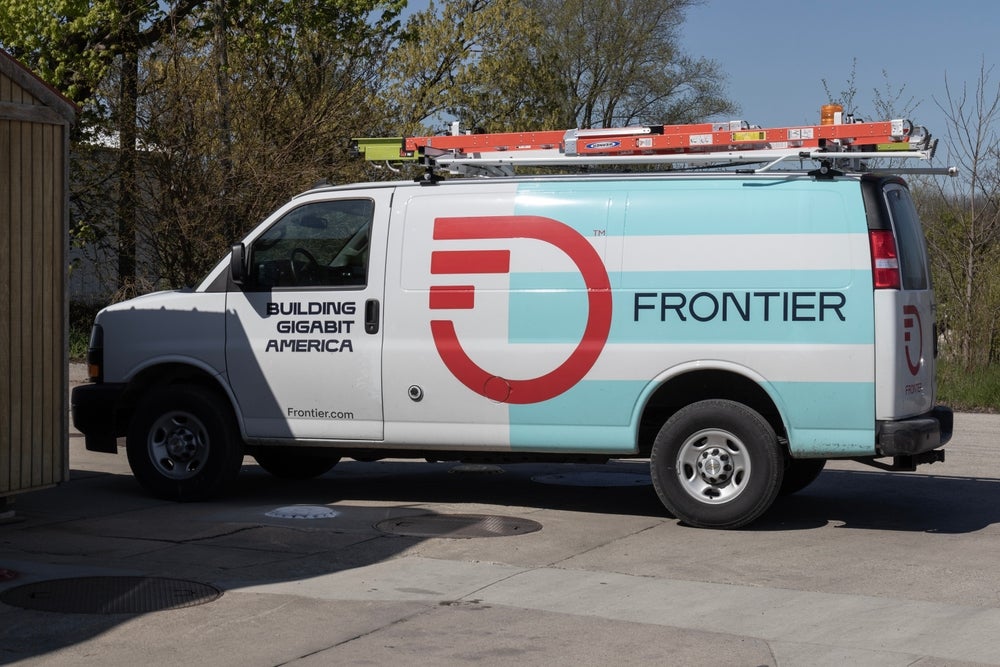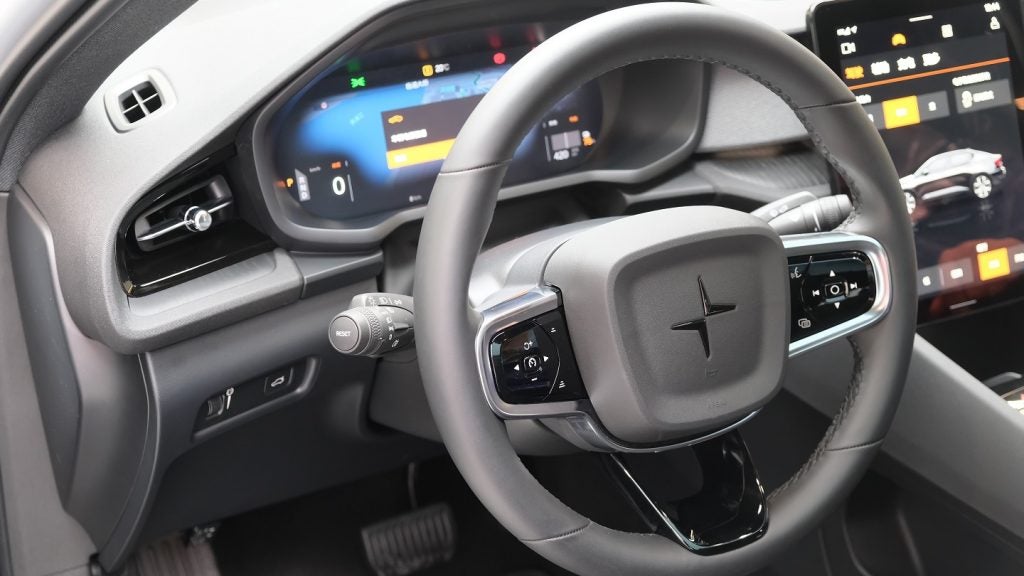The market for low earth orbit (LEO) satellite connectivity is rapidly emerging.
While in some cases the emergence of LEO might be seen as a competitive threat to traditional telco business there are many emerging opportunities for network operators to partner with LEO providers.
Major LEO players
Currently the two largest players in LEO satellite market are Starlink from SpaceX and OneWeb. Starlink currently has more than 6,100 operational satellites in orbit making it by far the largest constellation.
OneWeb currently has 630 operational satellites. While their networks function in a similar way, Starlink goes to market to consumer, business, and government customers directly as well through channel partners, while OneWeb is wholesale only, working with a mix of telcos, satellite service providers, integrators, government agencies and other enterprise.
Direct to device players
Other emerging players include AST SpaceMobile, they are more focused on direct to device (D2D). Their first launch was 2022 and have contracted with SpaceX to fill out their constellation in the coming years.
Canada-based Telesat is planning on launching a 252 satellite constellation, contracting with SpaceX for launches, with estimated full service by 2026. Lockheed Martin is exploring D2D for LEO based 5G, mostly looking to support US department of defence. Their prototype was launched in 2023.
How well do you really know your competitors?
Access the most comprehensive Company Profiles on the market, powered by GlobalData. Save hours of research. Gain competitive edge.

Thank you!
Your download email will arrive shortly
Not ready to buy yet? Download a free sample
We are confident about the unique quality of our Company Profiles. However, we want you to make the most beneficial decision for your business, so we offer a free sample that you can download by submitting the below form
By GlobalDataConnectivity is an LEO driver
LEO is well suited to providing basic connectivity to any locations for consumer/government and all industry verticals that might suffer from being underserved in their broadband needs. This is one reason that local and regional governments globally have been some of the first customers of players like Starlink and OneWeb, as they hope to provide improved broadband speeds and coverage for general purpose use in remote geographic areas.
However, LEO providers are expanding their constellations, adding to their ecosystem partners and improving features on their networks, the companies are in good position to grow adoption for enterprise customers with connectivity needs.
Beyond LEO constellations, the satellite providers are working to provide connectivity into cloud platforms. For example OneWeb and AWS are exploring developing solutions together to provide connectivity to the cloud, paired with AWS cloud services and local compute.
Opportunities for operators
This opens up multiple ways for operators to pair with the LEO providers. Some emerging examples of partnership opportunities include:
• Consumer/SME connectivity in underserved areas – the simplest partnership involves telcos agreeing to resell LEO connectivity as part of their access options. For example, multiple telco’s in Australia and ASEAN (e.g., FiberStar Indonesia, Data Lake and PT&T in the Philippines, REDtone in Malaysia) are re-selling StarLink services to SME and consumers. Some providers also offer integration with SD-WAN and other network services to SME and enterprises.
• LEO for mobile backhaul – LEO and telcos are exploring the use of LEO constellations to backhaul mobile services in remote locations. This can help telcos expand mobile coverage more efficiently and quickly in areas with low population density. In APAC, Telstra is one of the early operators to use LEO as mobile backhaul leveraging OneWeb solutions.
• Satellite landing stations – Operators can also partner with LEO providers to offer infrastructure to support landing stations. Operators will often have fiber networks in markets LEO are looking to expand and can help support faster speeds and latency by having a ground station in country.
• Industry specific solutions – Certain industries such as maritime, aviation, oil and gas and mining often operate very far away from population centres. Telcos and mobile operators are now exploring pairing LEO connectivity with other services like IoT, edge compute, entertainment, network integration and management etc to build vale add service packages leveraging LEO to industry verticals. NTT Data launched LEO services for key verticals such as retail, banking, mining and logistics.
• Direct to device (D2D) – with Rel-17 support for direct to satellite connectivity not only for voice and data but also IoT, there are emerging use cases for D2D from LEO players. Some telcos may view this as a threat, but since they control mobile customer relationships as well as the rights to spectrum, many are getting on board to forge partnerships to promote the technology. AST Mobile has a partnership with AT&T to explore D2D mobile broadband, but the service is not live. Optus and Starlink plan to launch D2D SMS and voice sometime in the next year with data coming later.









Related Company Profiles
SpaceX
OneWeb Ltd
Lockheed Martin Corp
Telstra Group Ltd
AT&T Inc